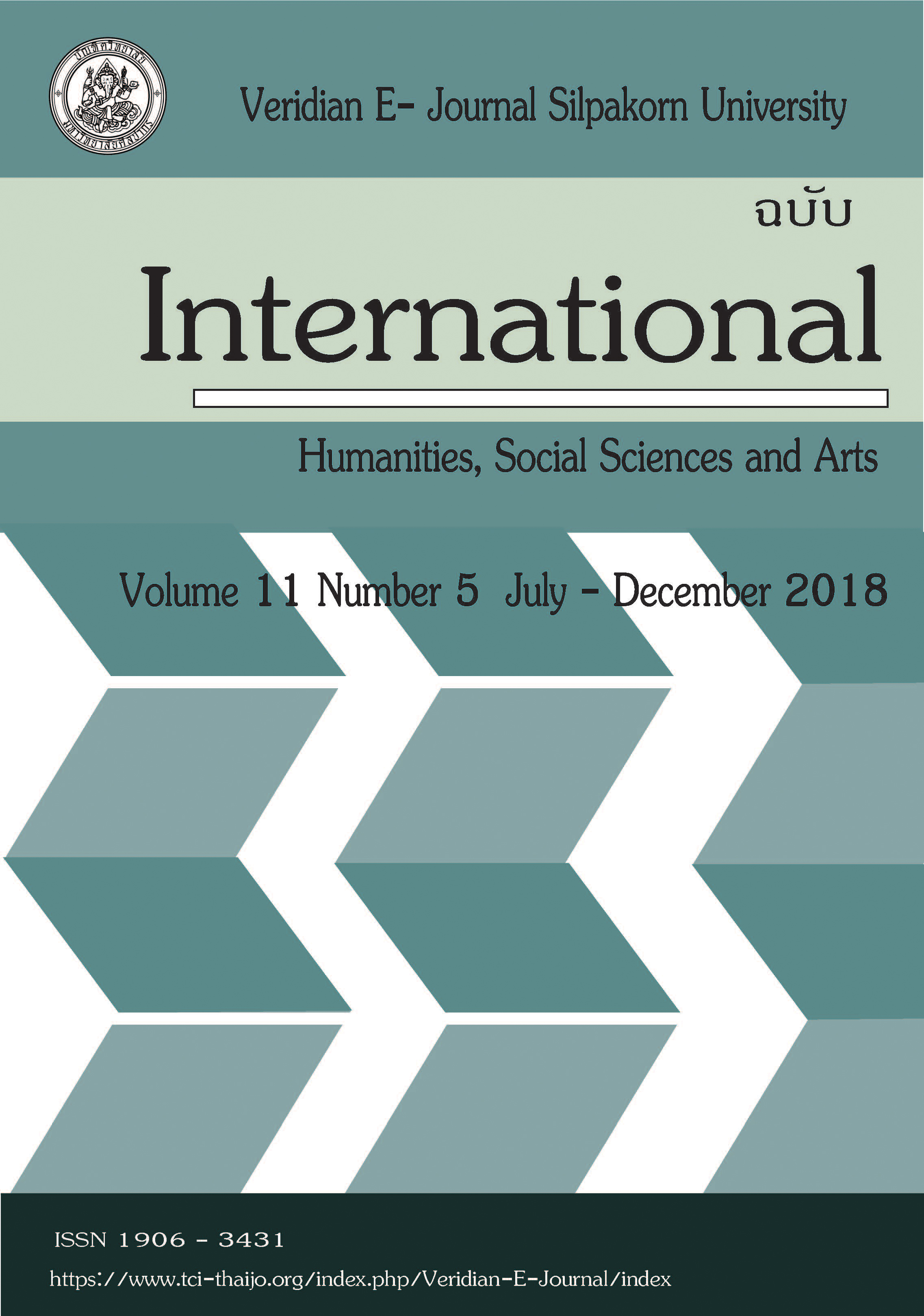Web-Based Instructional Model Development plus Face to Face Learning for Enhancing Critical Reading Skills of Thai Undergraduate Students
Main Article Content
Abstract
The study objectives were: (1) to analyze the needs of undergraduate students at Rajamangala University of Technology Isan, Khon Kaen Campus (RMUTI) for the critical reading web-based instructional model; (2) to develop an effective web-based instructional model to enhance undergraduate students’ critical reading skills according to the 75/75 standard criterion; (3) to investigate the effectiveness and the effect size of the web-based instructional model; and (4) to investigate the students’ opinions on the web-based instructional model. The study was conducted with a sample of 30 fourth year students who were enrolled in the Critical Reading course in the academic year 2016 at RMUTI and were purposively selected. The experiment was carried out for 14 weeks, 42 hours in total. Data were collected using the critical reading achievement tests administered before and after the implementation of the critical reading web-based instructional model. The obtained scores from the pre-test and post-test were compared using paired sample t-test. Cohen’s d effect size was calculated to evaluate the magnitudes of the effects caused by the developed critical reading web-based instructional model. In addition, students’ opinions toward the critical reading web-based instructional model were assessed at the end of the course. The data obtained from the questionnaire was analyzed to determine the mean score using descriptive statistics for the five-point Likert scale items and content analysis for open ended questions.
The results were as follows:
- Based on the needs analysis, the majority of participants lacked critical reading skills such as making judgement on the text and analyzing the text. There was a need for a web-based instructional model for enhancing critical reading skills. It was recommended that the model should provide real – life texts, the tools that are user-friendly, and various learning activities.
- The efficiency score of the developed critical reading web-based instructional model was 81.10/80.00. This demonstrated that the efficiency of the developed critical reading web-based instructional model was higher than the expected criterion 75/75 (E1/E2) and the model was proven efficient.
- There was a statistically significant difference between the mean scores students obtained from the critical reading pretest and posttest scores at the 0.05 level. The Cohen’s d effect size yielded the value of 3.90, which were considered large.
- The findings from the questionnaire on investigating the students’ opinions toward the critical reading web-based instructional model revealed that the students’ opinions toward the instructional model were mainly positive.

